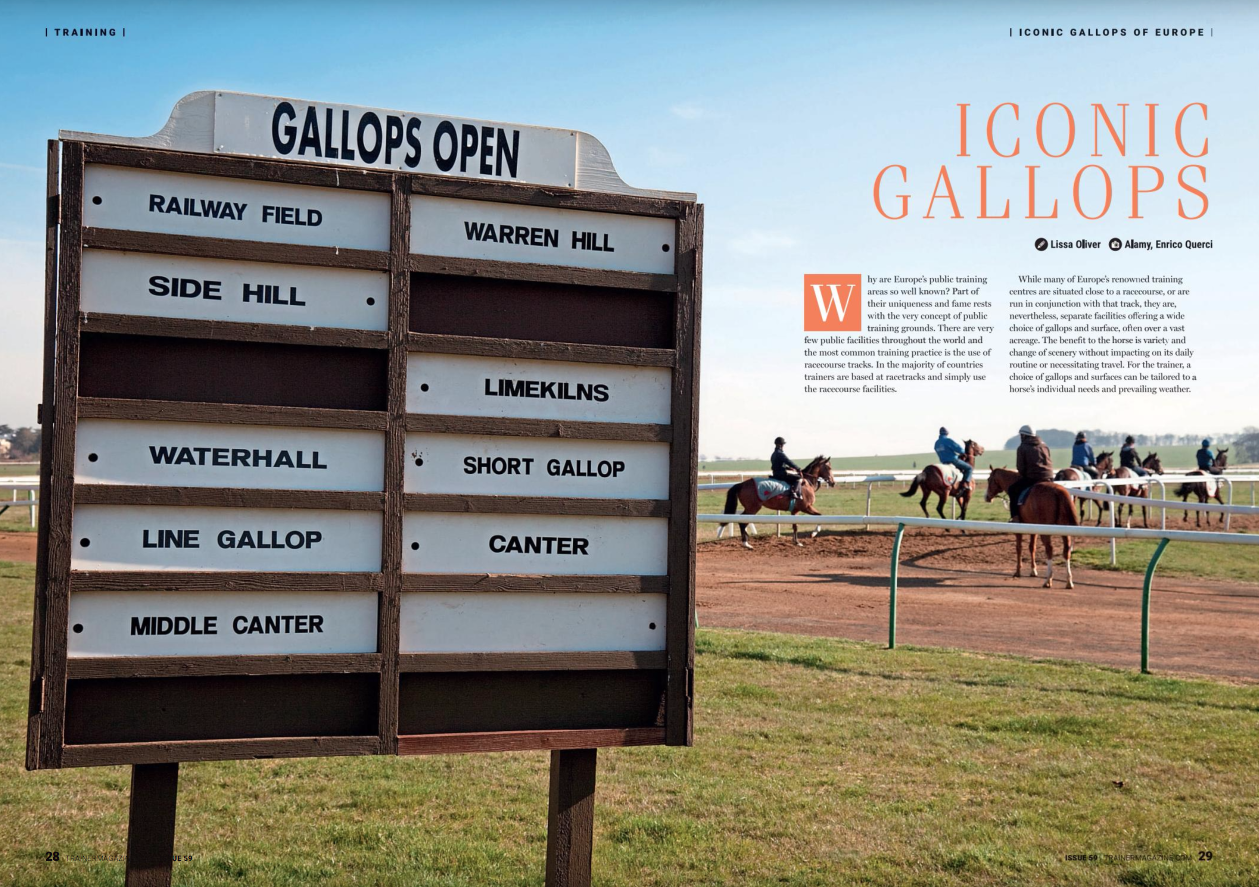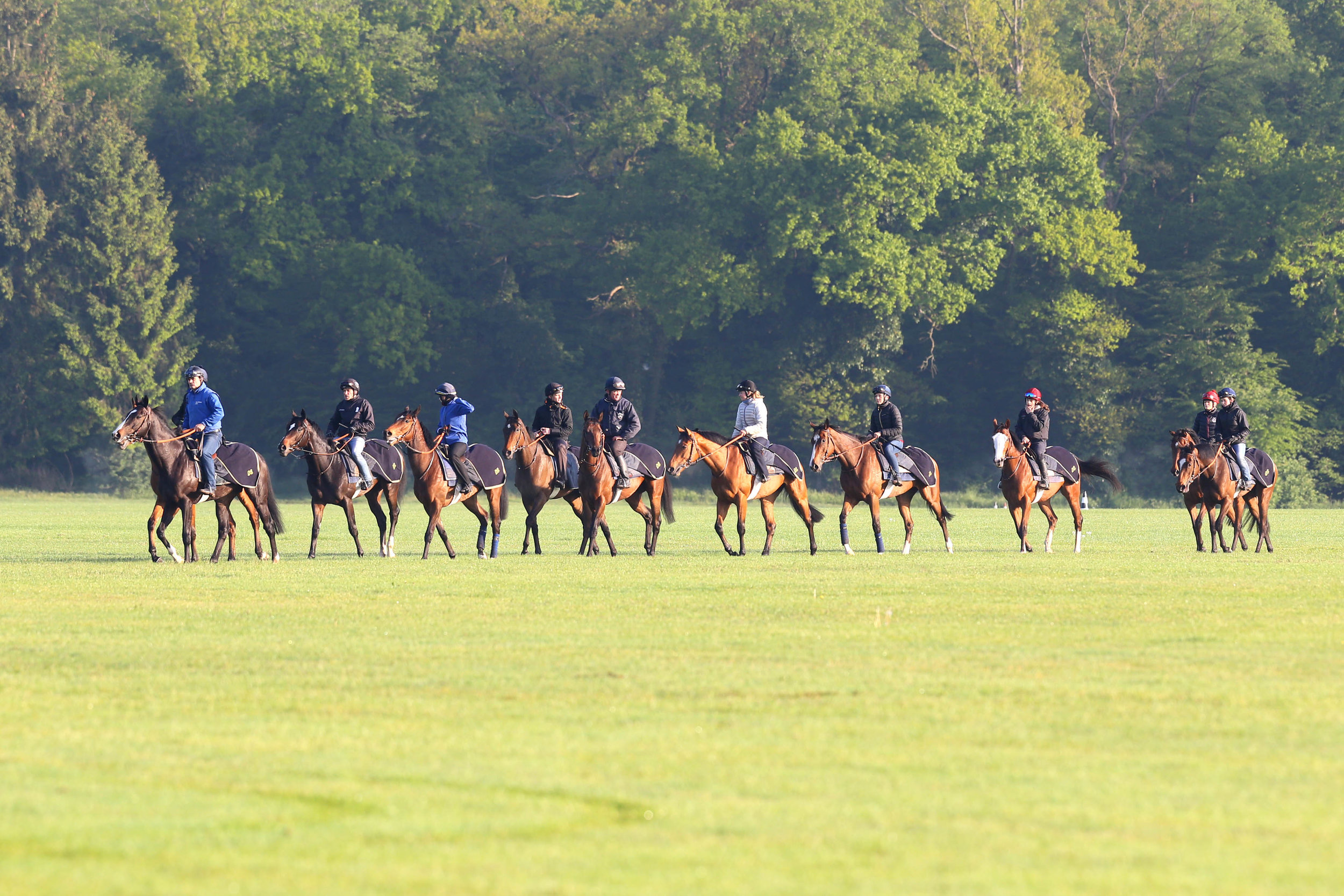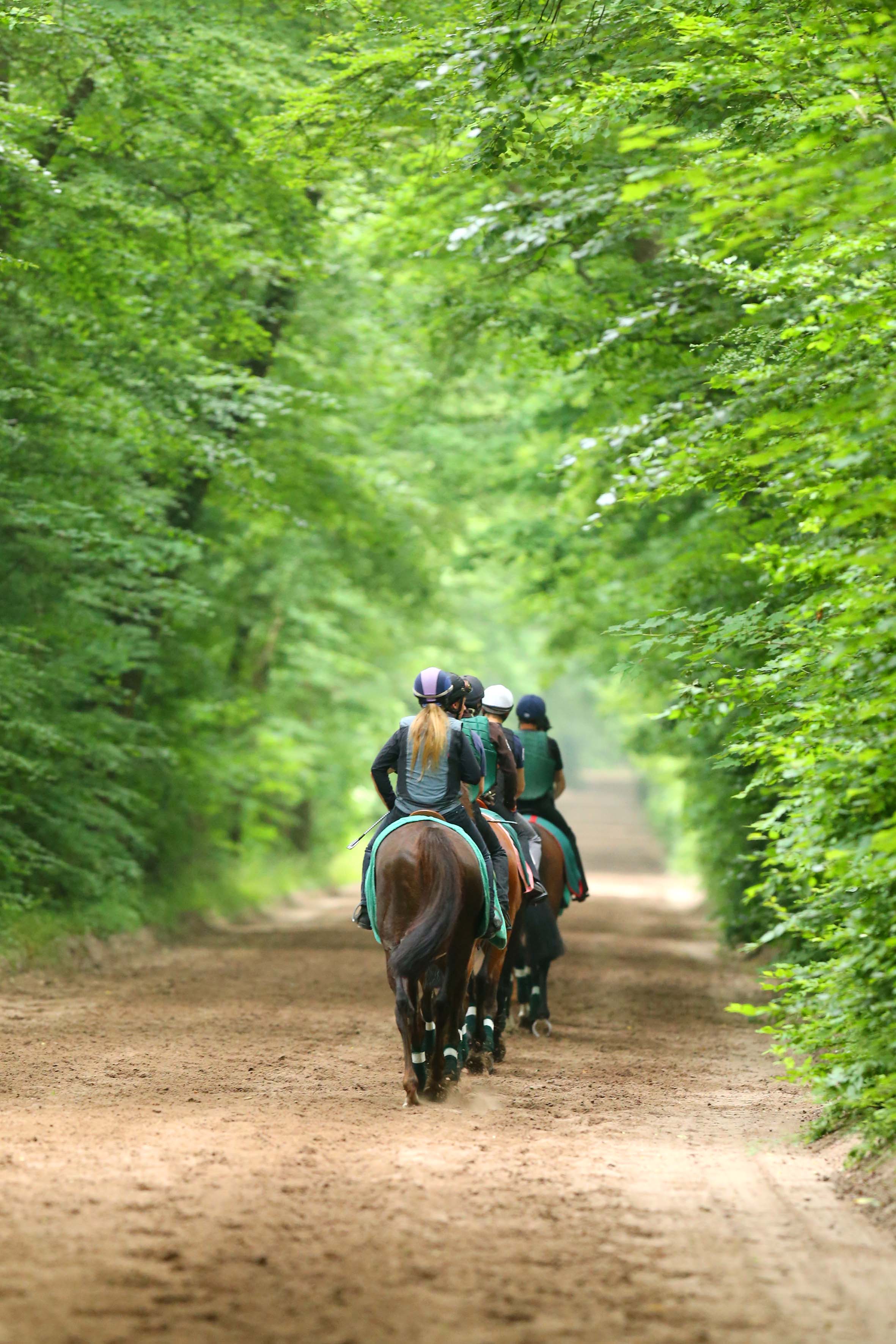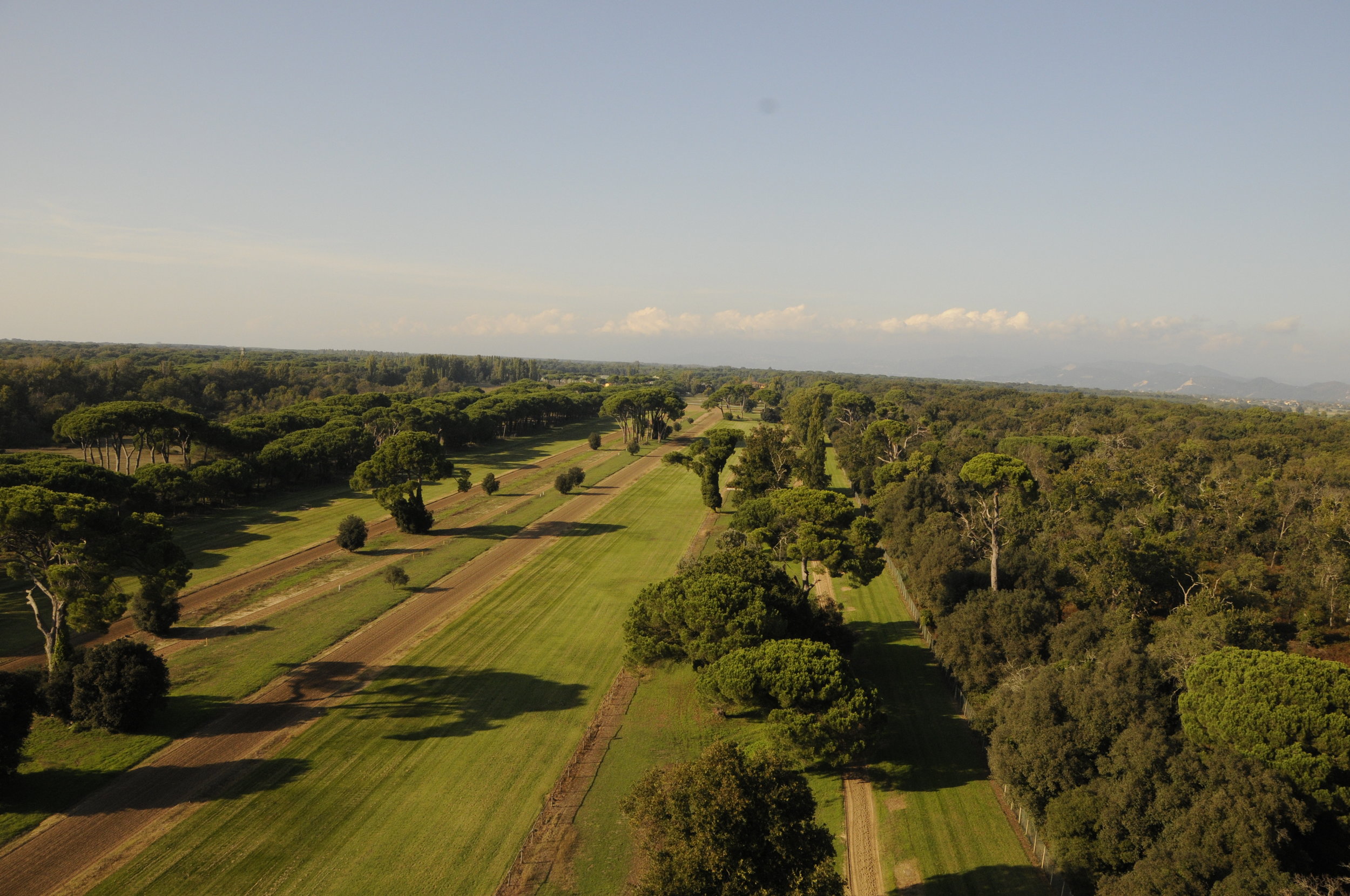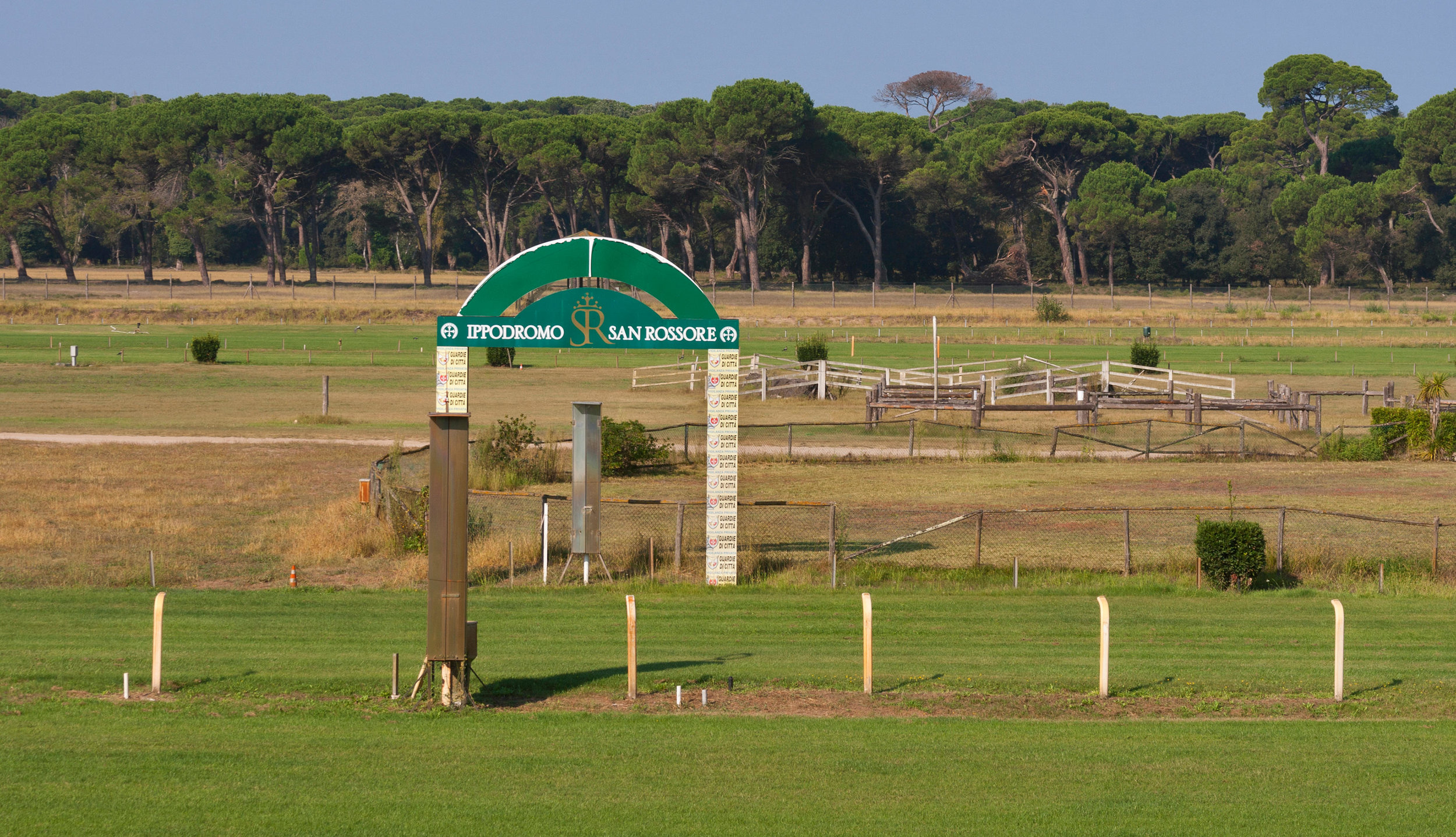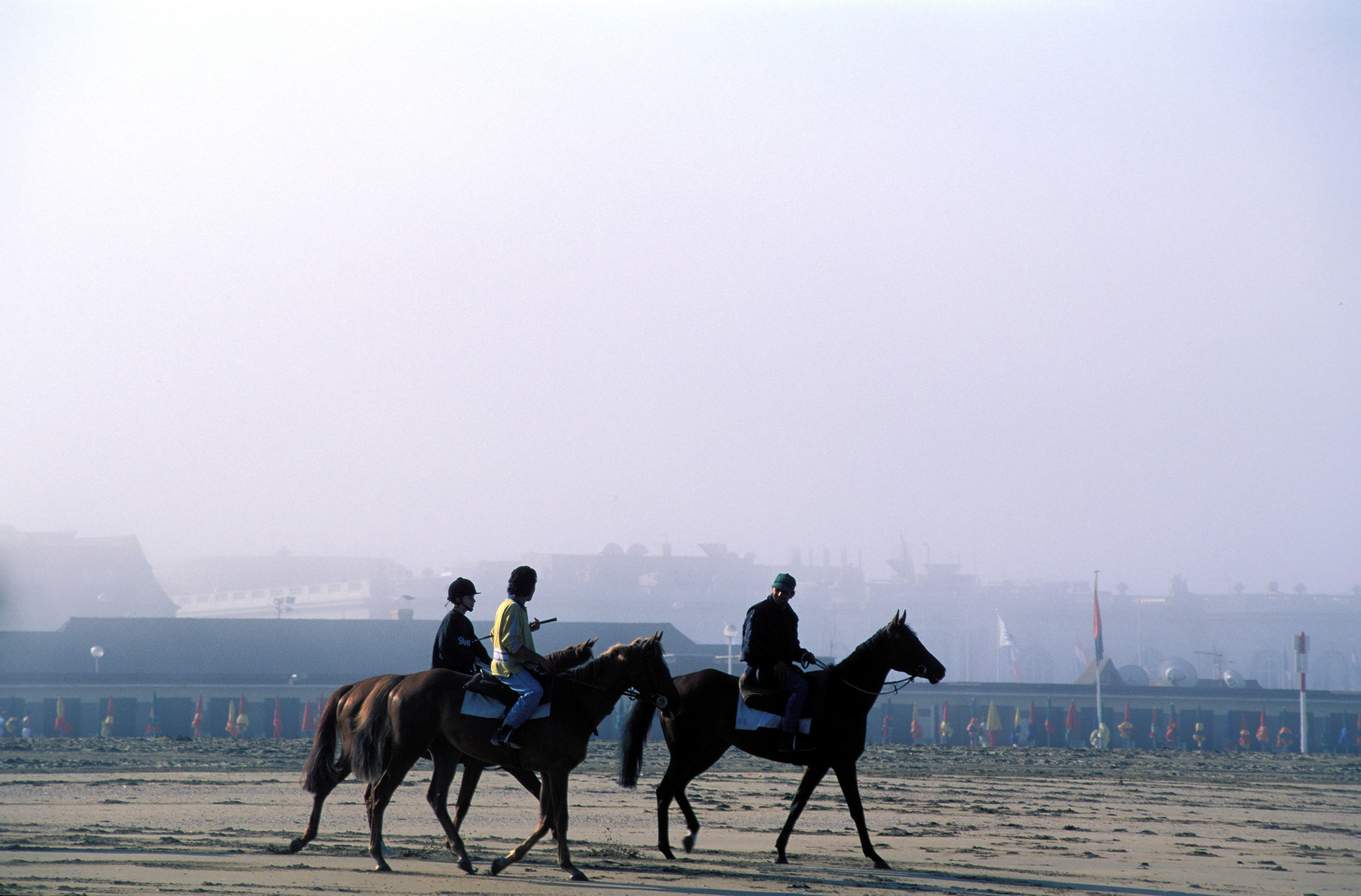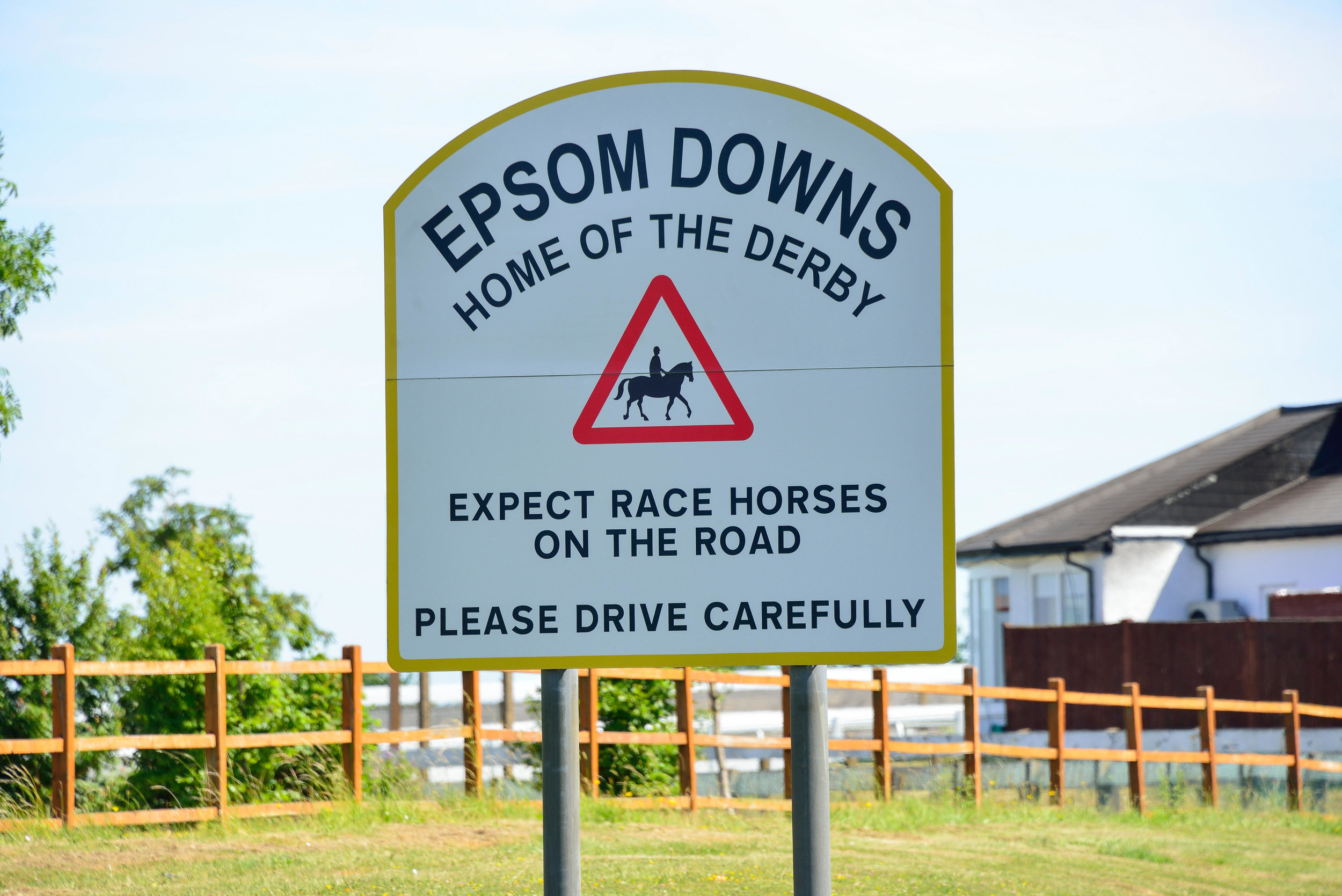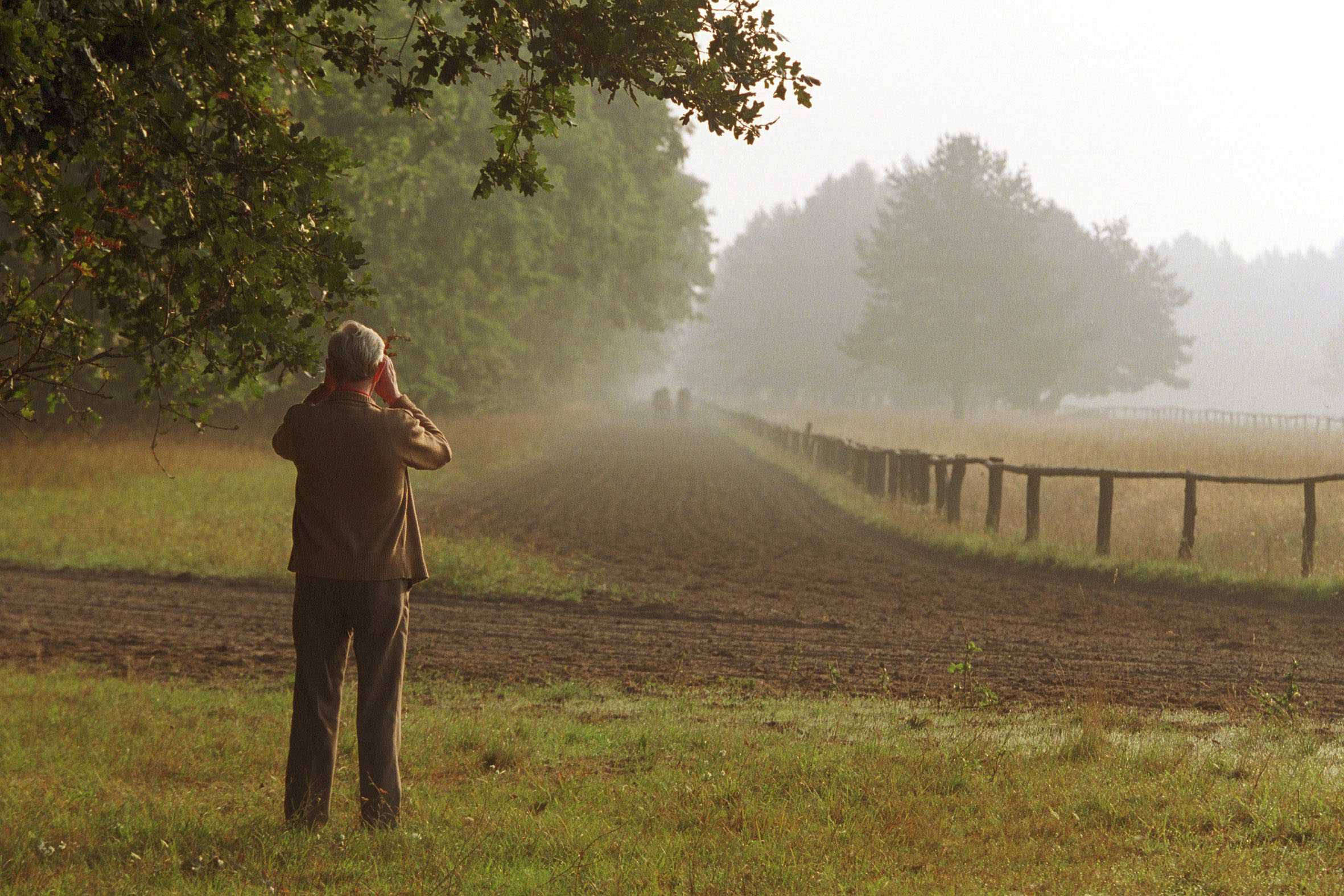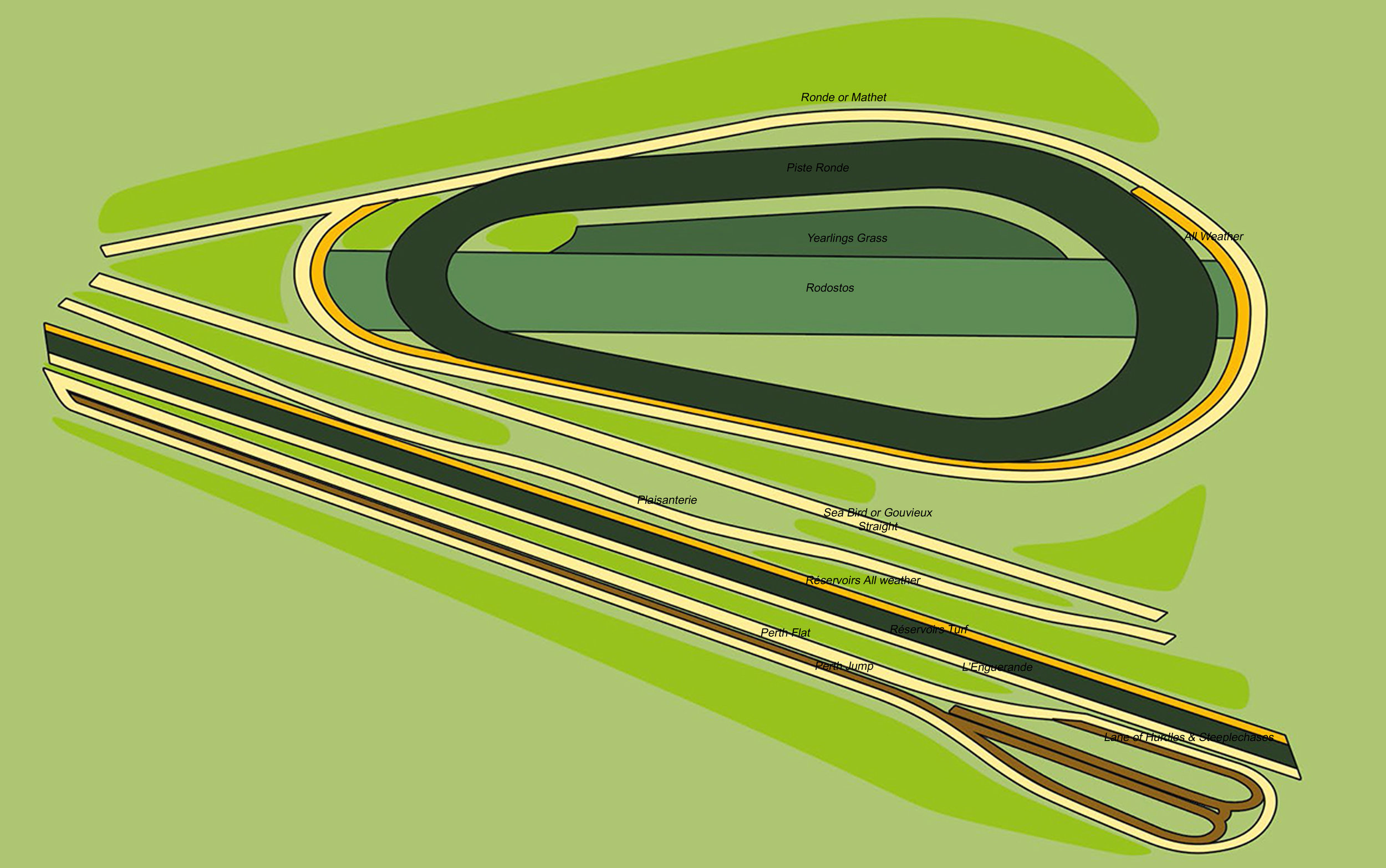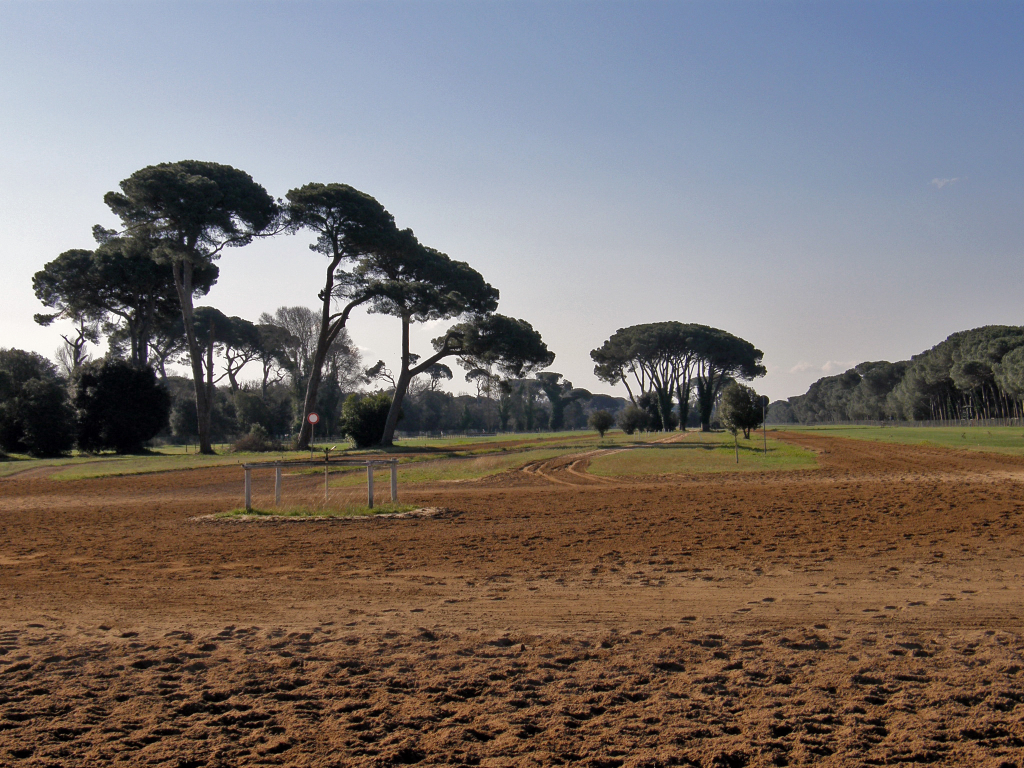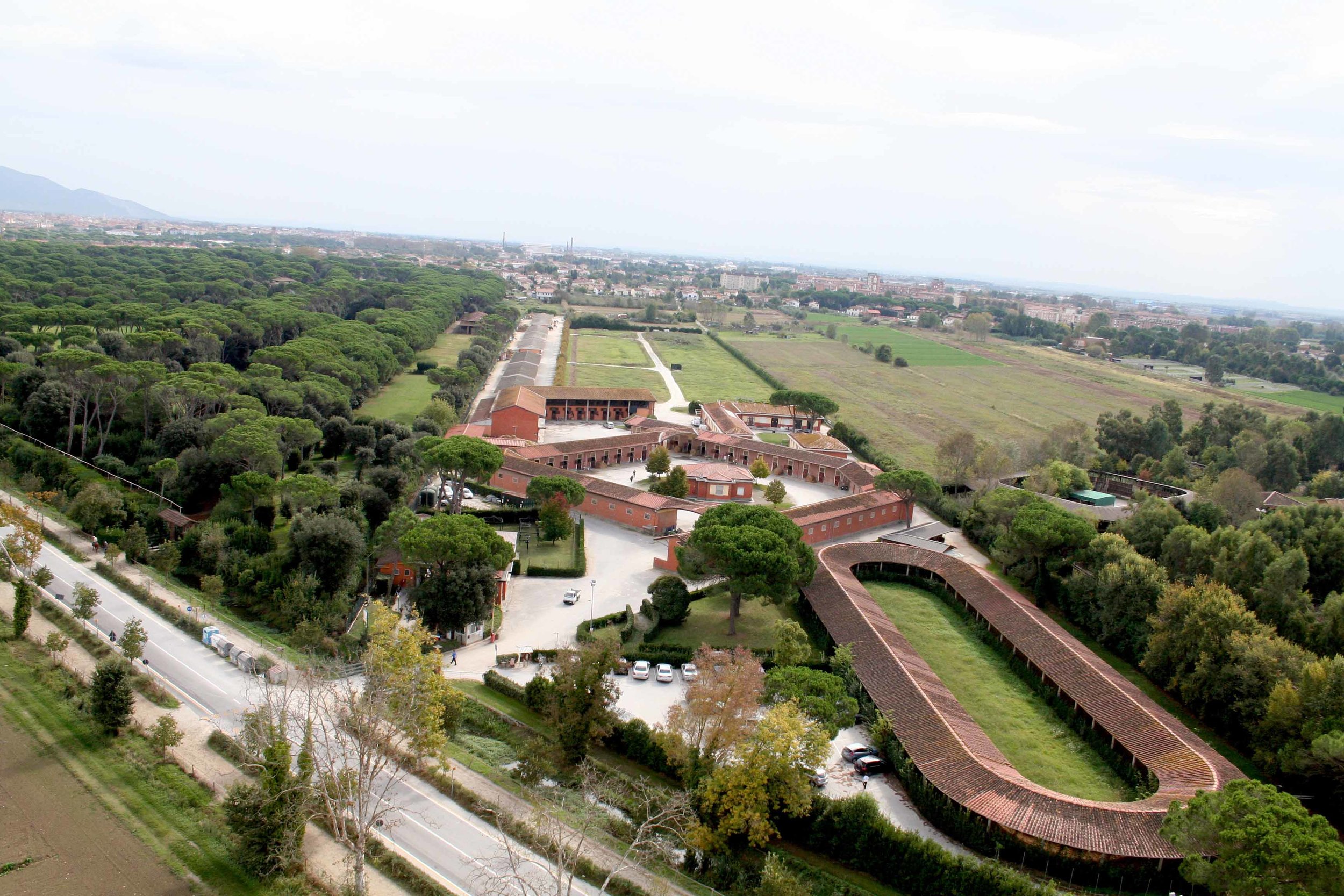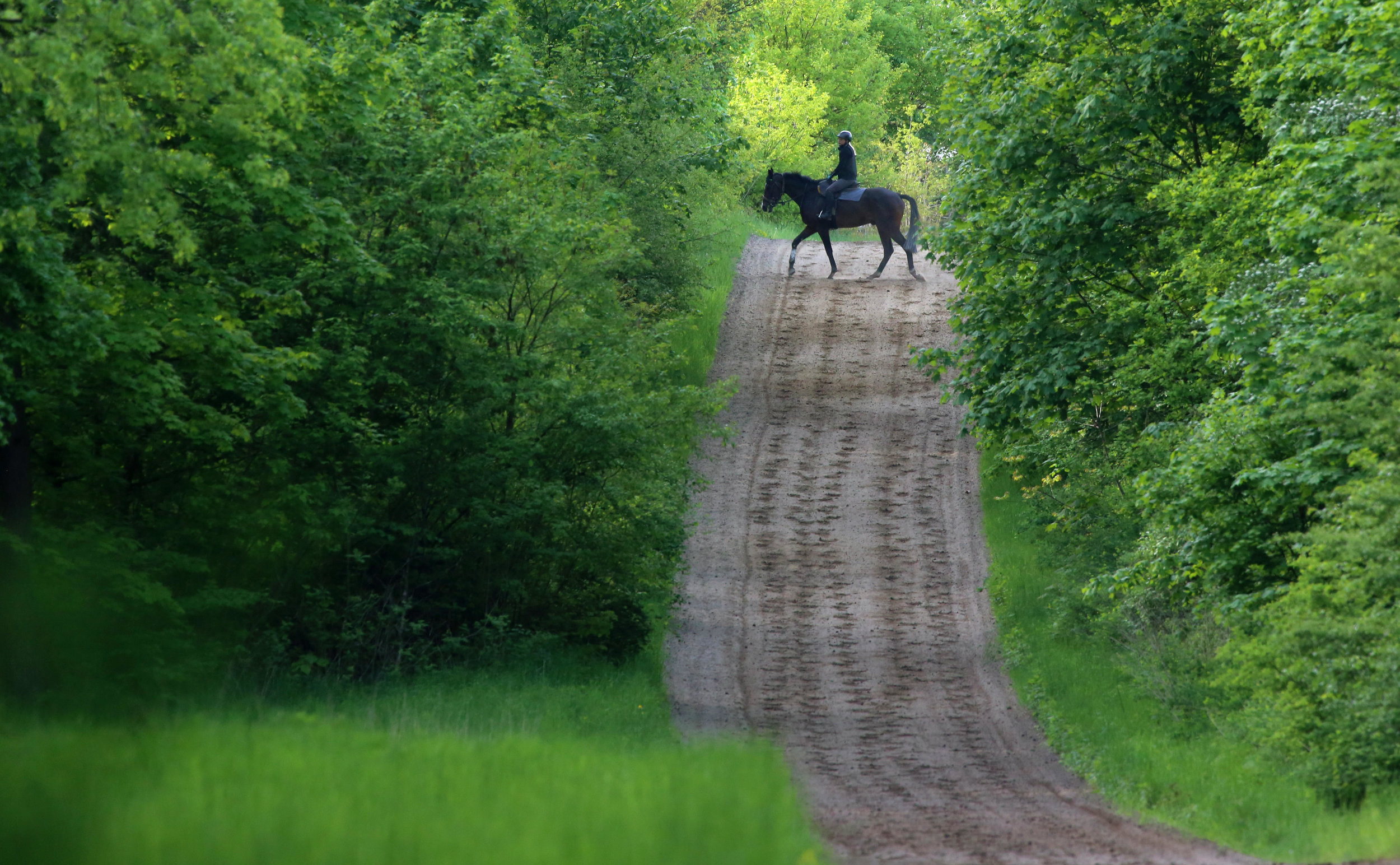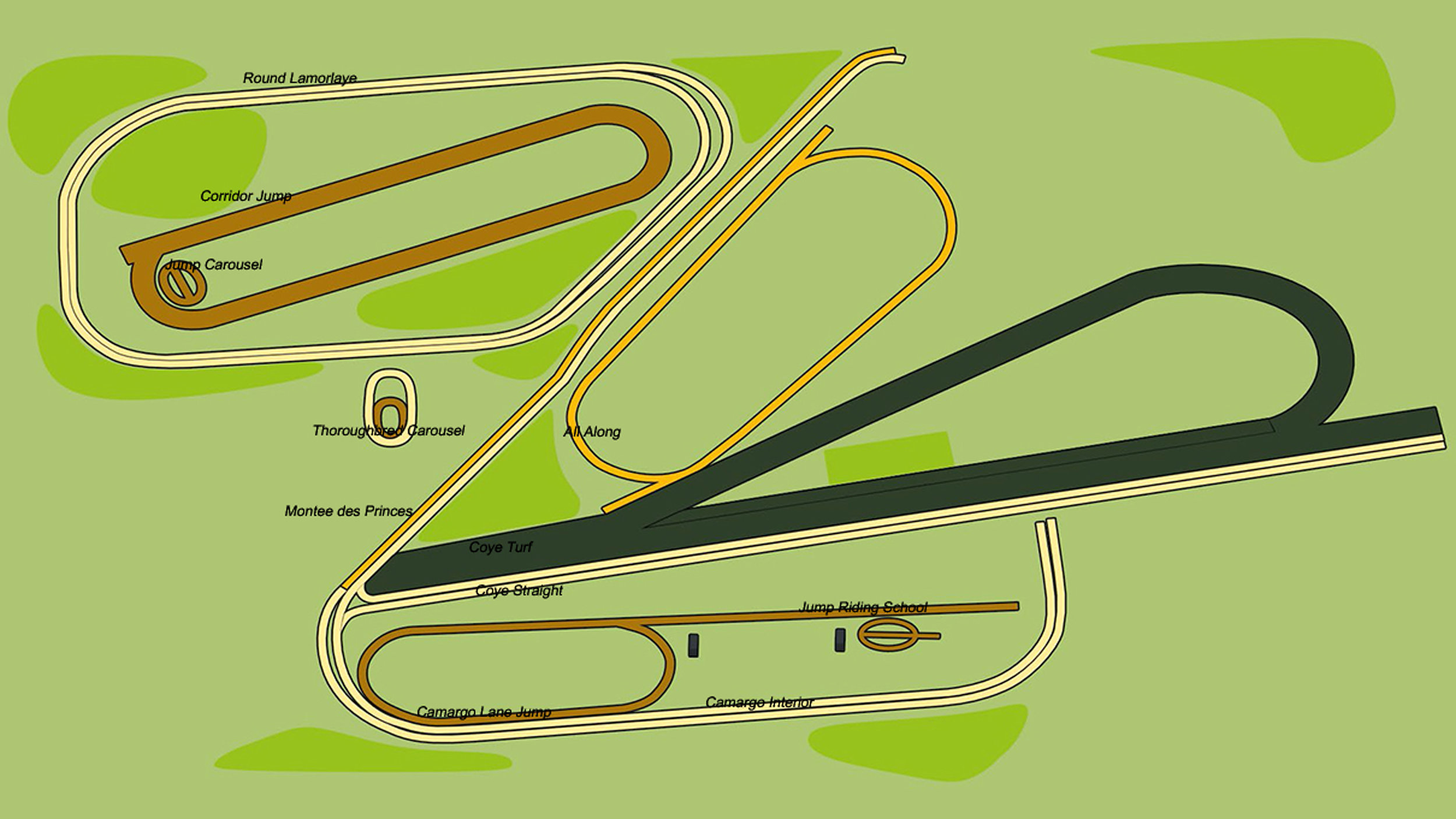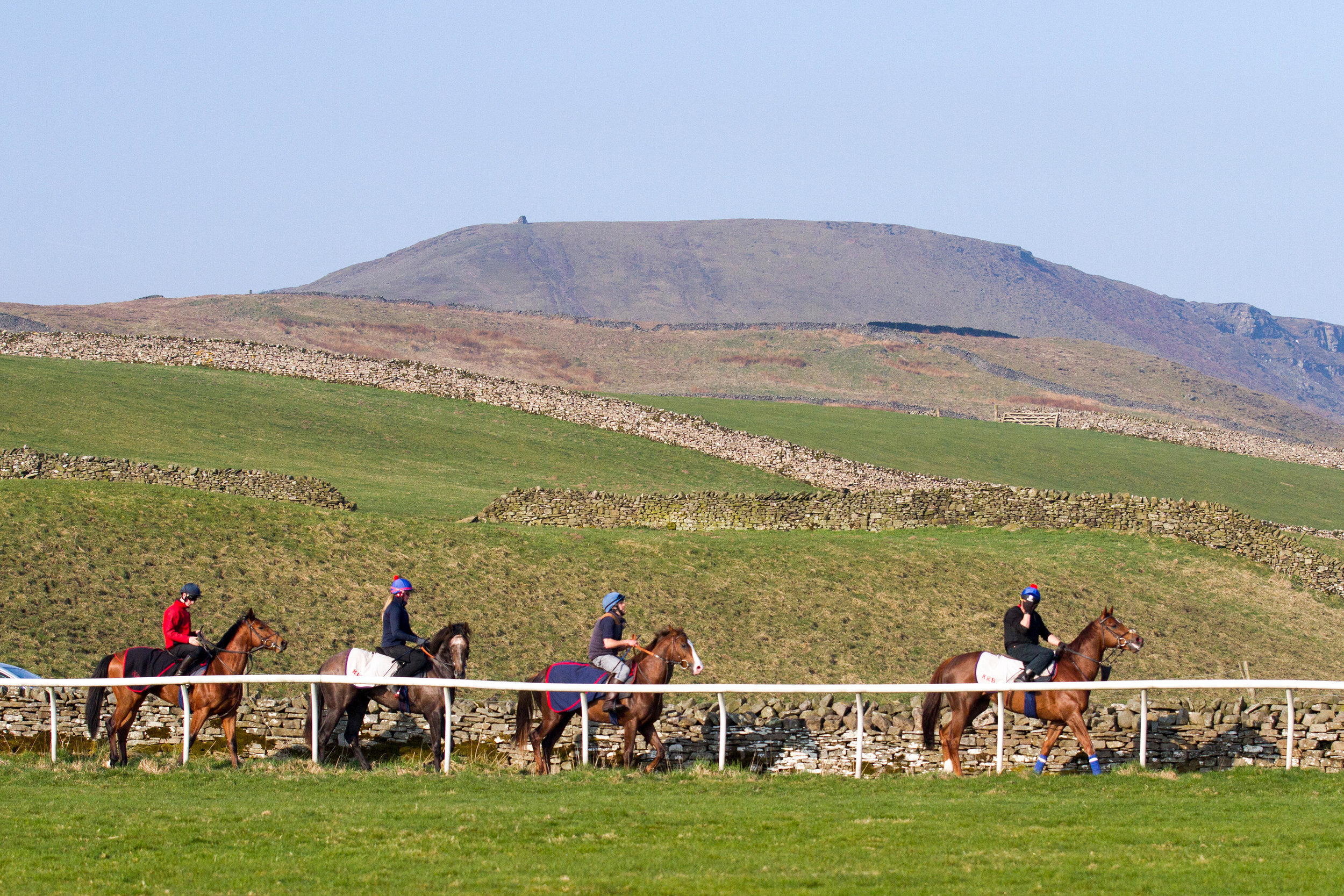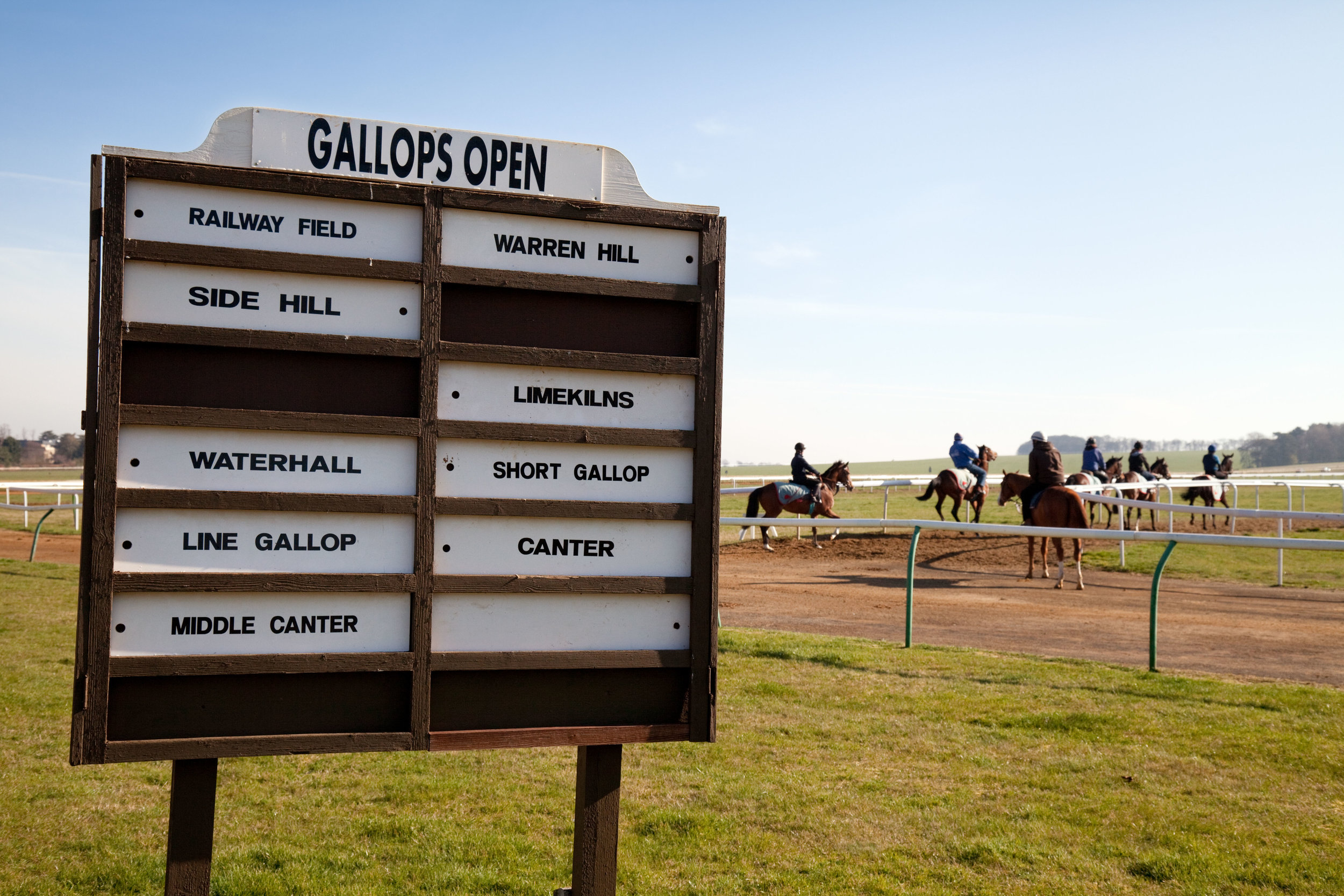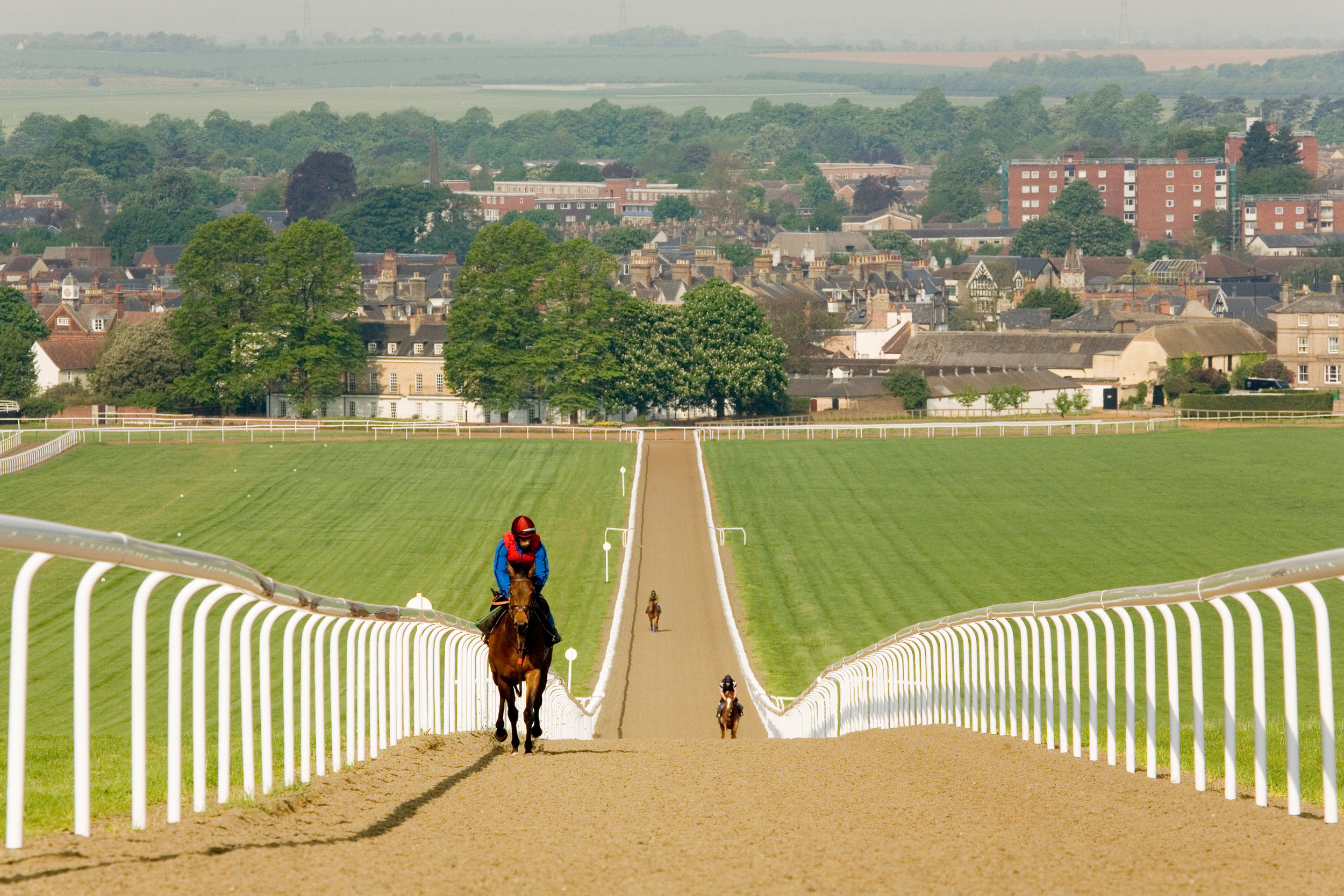Trainer Profile - Harry Whittington
/By Alysen Miller
Photo credits - Georgina Preston
“I actually had no aspirations to be a trainer whatsoever,” confides Harry Whittington five minutes into our interview. The affable Lambourn trainer has already ridden two lots by the time I place my iPhone down on the table in his office: a modern, Scandi-style building perched on the highest point of the Berkshire Downs with commanding views over the Valley of the Racehorse, whose Hygge aesthetic is burnished by a wood-burning fire that he periodically gets up to stoke. Such a statement may seem like false modesty coming from a Gp1-winning trainer who is generally regarded as one of National Hunt’s brightest up-and-coming stars; however, it is already abundantly clear from having spent the morning on the gallops with Whittington that there is nothing false at all about his modesty, or his ambition.
Now in his seventh season as a fully-fledged trainer, the 35-year-old cannot deny that he has racing in his blood. His grandfather was legendary Lambourn horseman Colin Nash, a successful Point-to-Point and Hunter Chase trainer who is famous for giving Richard Dunwoody his first winner. Whittington himself was actually born on the yard where he now trains.
“Mum and Dad have been here since ‘74, when they got married,” he explains. “There was never a yard here, but we grew up riding ponies, hunting, team chasing. We did it all as kids.” Whittington always knew he was going to make horses his career: “I’ve got a brother and sister, and they have the brains,” he says, again without a hint of false modesty. “I didn’t have the brains, but luckily I had the horsemanship skills.” After school, he decamped to Australia, where he worked on cattle stations, breaking in wild brumbies. “I loved it out there, but I missed our winters,” he deadpans, adding a log to the fire. “I was 23 when I came back, and I decided I wanted to break in horses in Lambourn because I grew up here and I thought, ‘maybe one day if I could set up a yard here at home, I could do a business of breaking in and pre-training and that there would be a good market for it because I’m in the right spot.’” It was David Arbuthnot for whom he was riding out at the time who advised Whittington to go work for someone else first, to gain experience and learn the ropes. A chance encounter in the local pub led to finding his way to top pre-trainer and consigner Malcom Bastard.
“He was a phenomenal man to work for,” says Whittington, not attempting to disguise the glint of admiration in his eye. “He was hard on me but very good to me as well. The harder the job, the harder the task master, the more appealing it is to me. I think you learn more from people like that.”
Aside from the 4.30am starts, one of the perks of working for Bastard was the opportunity to attend yearling sales all over Europe and North America. This allowed Whittington to develop an eye for selecting quality bloodstock—a skill that would prove pivotal in his subsequent career as a trainer.
“I learnt from Malcolm all about pedigrees and conformation, what you can and can’t train.”
Whittington eventually rose to become Bastard’s assistant, before deciding the time was right to strike out on his own. In 2007, Whittington set up his own breaking-in and pre-training business at Hill Barn Stables. His main clients were Tom Dascombe and Nicky Henderson. Eventually, Dascombe would move to Cheshire to train for Michael Owen, but it is Lambourn neighbour Henderson who inspired Whittington’s eventual, if not inevitable, decision to take out a training licence. “He was pleased with the way the horses came back to him, and when Tom went up to Cheshire, Nicky started filling me up with horses.” Hill Barn Stables eventually became a satellite yard for Henderson. “We’re right next door. We can get to his gallops as quickly as he can get to his gallops, so we were able to join in the string. I had 25 horses that I was managing for him up here with my own staff. I got a great insight into how Nicky does it, and that’s when I got the bug [for training].”
Now two barns, housing a total of 43 horses, have risen up at Hill Barn; but back then, when Whittington first took the leap in 2012, it was a significantly smaller operation. “I went from having a thriving business to having five horses. I was doing every single job on the yard. It was literally me, and that was it. I was getting in more and more in debt through the winter because I owned half of the horses myself, having just about managed to scrape together some family and friends to take some shares and things.”
But then Whittington experienced a dramatic change in fortune, thanks in no small part to his keen eye for a pedigree, gleaned from all those years working for Bastard. “I had bought a horse, Dubai Kiss, the previous summer for £2,800 at the Doncaster sales, and I just realised straight away he had a lot of ability. He was a backwards-bred flat horse, but by Dubai Destination, who’d just been bought to stand as a National Hunt sire. So I took a chance.” Dubai Kiss went on to win a bumper at Newbury at 100-1 and the rest, as they say, his history. “He won by six lengths on the bridle. I sold him for a very good profit, which cleared all of my debts and allowed me to put a round gallop in that summer.” Whittington’s success brought him into the orbit of owner Tony Holt, who gave him an order for €50,000 to go to France to buy a young horse. “It was my first order, for my first potentially big client. I went over and rode this horse out on the gallops. He’d finished second in two races in the provinces in France.” That horse ended up being Arzal, who went on to give Whittington his first Gp1 winner.
“People always say that if you have a grade 1 winner, it doubles your yard. That literally happened,” he explained…










